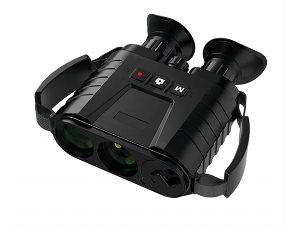
The fusion telescope, which combines an uncooled long-wave infrared detector and a solid-state micro-optical sensor, can image both separately.It can also be fused and has a variety of color fusion modes preset for different environments.Effectively enhance the adaptability to the environment and the ability to detect and identify targets.Compact structure, light weight, easy to operate, long endurance, strong adaptability to the environment, and high degree of localization.It is an ideal portable device for searching, identifying and reconnoitering targets during day and night.
Lithium-ion batteries are among the most advanced and versatile battery technologies available today. They offer a number of advantages over other types of batteries, including high energy density, long cycle life, and low self-discharge rates. This makes them ideal for use in a wide range of applications, from consumer electronics to medical devices to space exploration equipment.
In the case of the fusion telescope, the lithium-ion battery plays a crucial role in powering the various systems and components that make up this high-tech device. This includes the telescope's imaging sensors, control systems, and communication equipment, all of which require a constant and reliable source of power in order to function properly.
Thanks to its advanced lithium-ion battery technology, the fusion telescope is able to operate for long periods of time without needing to be recharged. This makes it an ideal tool for conducting long-term astronomical observations and studies, and opens up new possibilities for scientific research and discovery.
Overall, the fusion telescope represents a major step forward in our ability to explore the universe and understand the mysteries of the cosmos. And thanks to its advanced lithium-ion battery technology, this remarkable device is poised to open up new frontiers in astronomical research and discovery for years to come.
Post time: May-18-2023